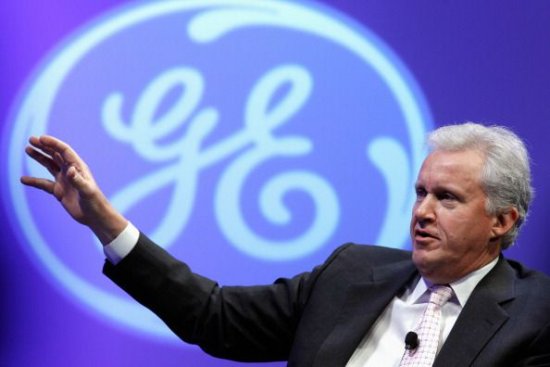
The remaining pieces that GE still plans to sell are mostly outside the U.S.
Six months after General Electric announced it would sell off most of its financial arm GE Capital, that divesting process is nearly complete.
GE announced Tuesday it would sell a large portion of GE Capital—its commercial lending and leasing businesses with roughly $32 billion in assets—to Wells Fargo, representing the industrial conglomerate’s largest divestiture to date.
The deal also brings the tally of GE’s selloffs to $126 billion in assets, or nearly two-thirds of the $200 billion it plans to exit overall. It also rids GE Capital of nearly all that remains of its U.S. business, leaving only a $5.5 billion unit that lends to franchises. Besides that, the rest of the assets GE plans to dispose of are outside the U.S.
Wells Fargo’s interest in GE Capital comes as no surprise. The bank expressed interest in acquiring the businesses almost as soon as GE announced it would sell them, according to reports. The Wall Street Journal has more of the backstory on the negotiations, and why Wells Fargo left the last pieces of GE Capital behind:
Wells Fargo initially wanted to buy the full business from GE and asked GE to take it off the market, some of these people said. But GE decided not to do that after realizing the appetite from other possible buyers and the monetary advantages it would have if it sold it off in chunks, these people said.
General Electric’s stock price rose minimally in morning trading, while shares of Wells Fargo declined slightly.